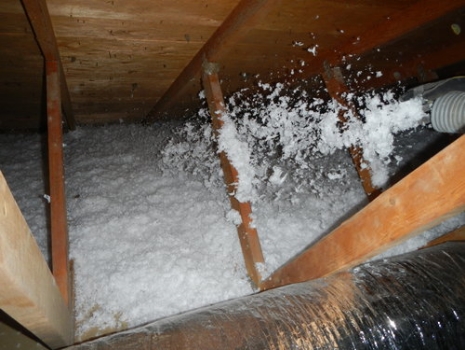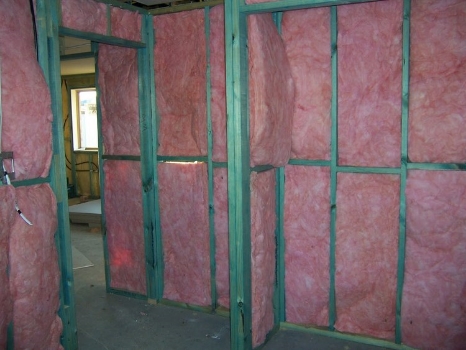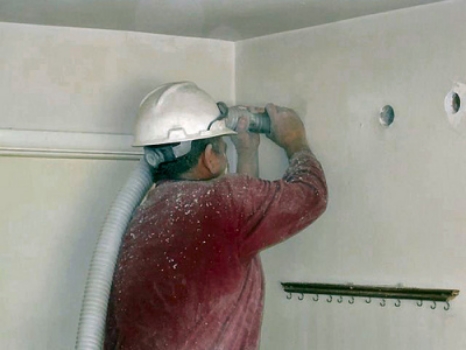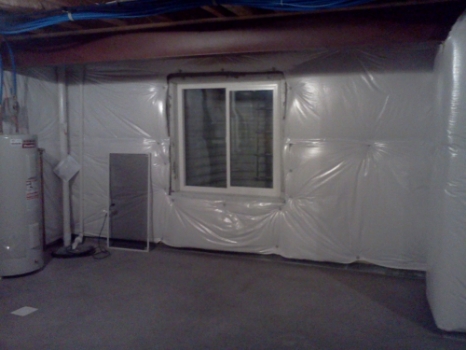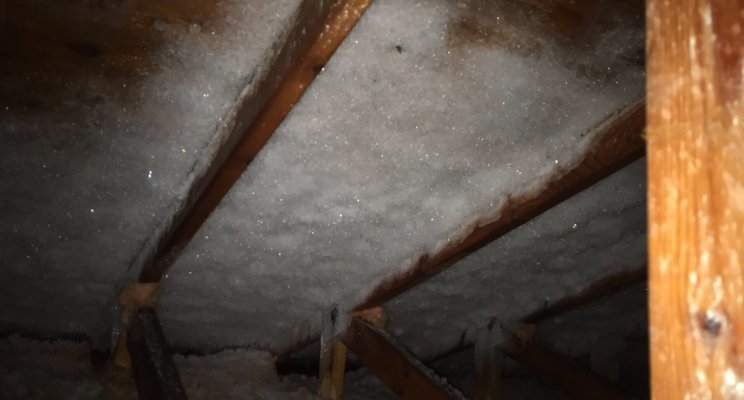Dealing with Attic Frost: A Guide to Safely Drying Out Your Space
/As winter temperatures drop, many homeowners may find themselves facing the unexpected challenge of frost accumulating in their attics. This issue not only poses a threat to the structural integrity of the home but can also lead to mold growth and damage to stored belongings. If you've discovered frost in your attic during cold weather, taking prompt action to dry out the space is crucial. Here's a comprehensive guide to help you effectively address this issue and prevent further damage.
Identify the Source of Moisture: Before diving into the drying process, it's essential to identify the source of the moisture causing the frost in your attic. Common culprits include roof leaks, inadequate insulation, or improper ventilation. Inspect the attic thoroughly to pinpoint the problem areas, and address any issues you find to prevent future frost buildup.
Increase Ventilation: Proper attic ventilation is key to maintaining a dry and healthy space. Ensure that your attic is adequately ventilated to allow moist air to escape. Consider installing ridge vents, roof vents, or even attic fans to improve airflow. This will help prevent condensation and reduce the likelihood of frost forming in the future.
Remove Existing Frost: To dry out your attic, start by removing the existing frost. Use a combination of towels, rags, or a wet/dry vacuum to absorb as much moisture as possible. Wipe down any surfaces affected by frost to prevent water damage and mold growth. Consider placing moisture-absorbing materials, like desiccant bags or silica gel, in strategic locations to aid in the drying process. You can also put portable air fans up in the attic and leave your attic hatch open to move air and dry it out.
Address Insulation Issues: Insufficient insulation can contribute to attic frost, as it allows warm indoor air to meet the cold surfaces of the attic. Upgrade your insulation to meet recommended standards for your climate. This not only helps maintain a consistent temperature in the attic but also prevents heat from escaping, reducing the risk of frost formation.
By taking a systematic approach to identify and address the root causes of attic frost, you can effectively dry out the space and protect your home from potential damage. Regular maintenance, proper insulation, and adequate ventilation are essential components of a healthy attic environment, ensuring that your home remains comfortable and free from moisture-related issues throughout the winter months.


